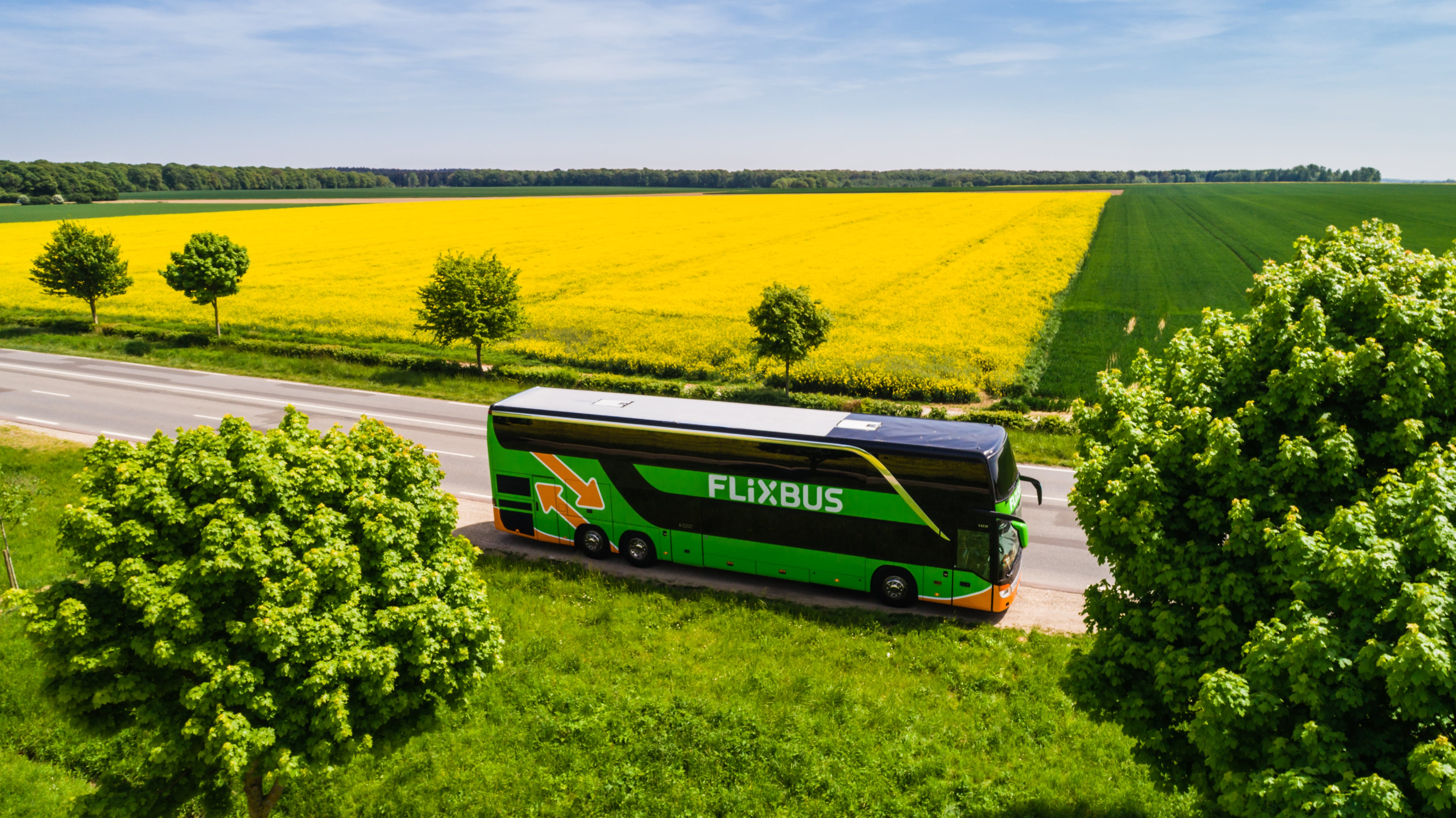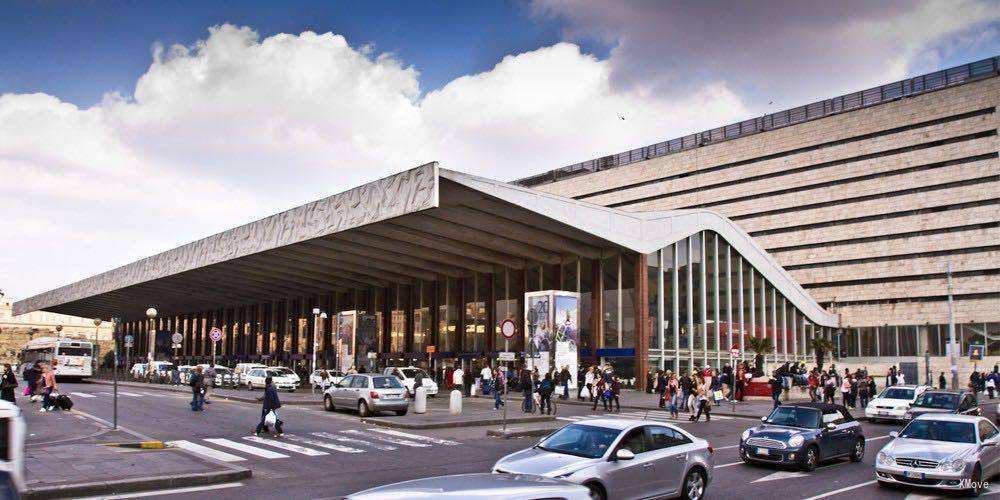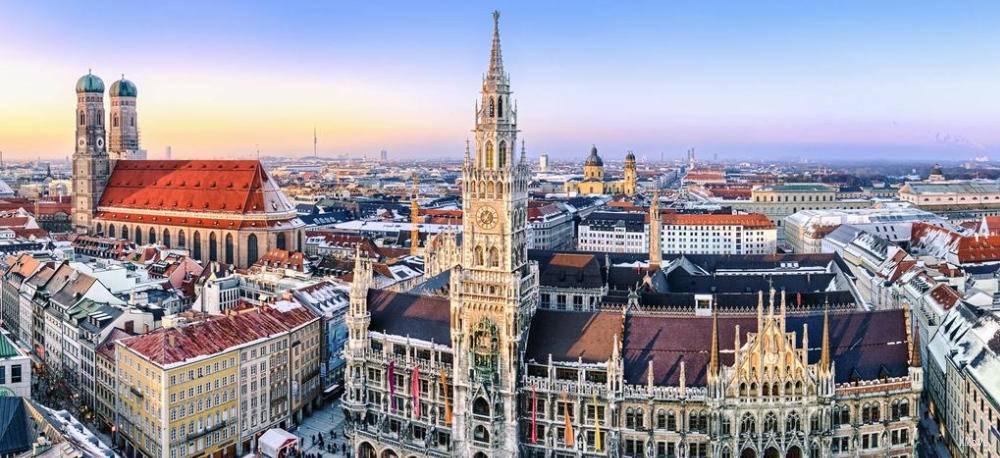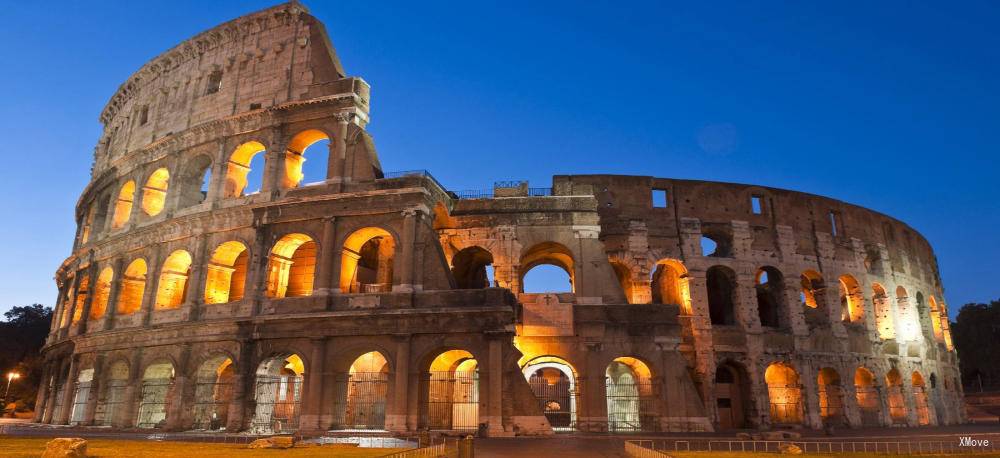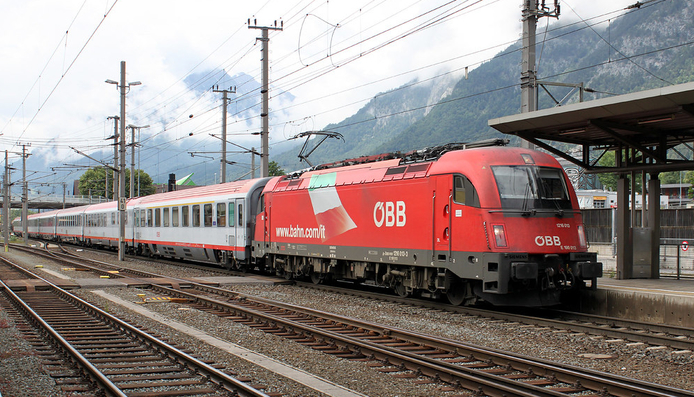Rome
City Overview
In Rome, many important elements concerning the development of human society are gathered in this ancient city: history, religion, and art. The so-called "Rome is not built in one day"
The most suitable tourist season in Rome is from April to November each year. In July and August, the weather was hot and dry, and the world's tourist crowds poured into Rome at this time. The house prices were also high at this time. A night of €100 is very common. One advantage is that it is darker from 8 to 9 in the summer and there is more time to play outside.
Must visit attractions
There are so many "seeing points" in Rome, so let's make a rough classification, which is also convenient for understanding and visiting. Here, the sights of Rome are divided into history, religion, and art.
##### Round Colosseo (Colosseo)
The world's largest ancient Roman ruins is also a must-see for Rome! The number of visitors to the Colosseum is very impressive every day. It is recommended that visitors go early to avoid crowds. In addition to the movie, passengers can listen to the sound guides of the Colosseum, and imagine the battle scenes of the former Roman Empire's gladiator on the field.
Ticket information: 12 euros, free for children under 17 years old, with tickets to enter Palatine Hill and Roman Forum; to avoid long queues, you can purchase Roma Pass or Archeologia card in advance.
Transportation: The blue line B of the subway stands out at the same name.
##### Pantheon
The Pantheon was built in 120 AD, a complete building with a history of nearly 1900 years. It has a simple appearance but a meticulous interior. The architect divided the wall and dome into two upper, middle and lower layers with two waist lines. Here is the tomb of Raphael and the founding king of Italy, Emmanuel II. The elite of the nation sleeps in the essence of history. The Romans had two of the greatest contributions to architecture, one was the construction of a large dome, and the other was the invention of a cement capable of building a large dome, thus providing the wings of a later generation of architectural style. Therefore, the Pantheon is the most classic building of all ancient buildings.
traffic:
Walk: Piazza Navona is west, about 5 minutes walk;
Bus: 116, 116T Get off at Santa Chiara Station and walk for about 5 minutes.
##### Basilica di San Pietro
The carrier that best reflects the material and spiritual content of the Vatican is St. Peter's Basilica. After Christ's ascension, the great disciple Peter went to Rome to preach, and was later killed in the Vatican Heights by the cruel and famous Nero emperor. In order to commemorate him, the believer built a church here. Later, after several demolition, construction, and stamping, the creation of several masters was assembled, and today there is an incomparable cathedral.
The most striking thing is the large dome, which is almost one of the landmarks of the city of Rome.
traffic:
Take the metro line A and get off at Ottaviano-San Pietro stop, then walk for about 10 minutes;
Take the number 19 tram and get off at Risorgimento-San Pietro, then walk for about 5 minutes.
##### Vatican Museums
The Vatican Museum is one of the earliest museums in the world. It consists of 12 galleries and 5 art galleries. It combines the essence of Egyptian, Greek, Roman and Renaissance art. It is a treasured treasure. Museum.
Transportation: Take the Metro Line A and get off at Ottaviano-S or Pietro-Musei Vaticani and walk for about 10 minutes.
* #### Art
##### Spain Square Spanish Square
Plaza de España is a square in Rome, Italy, where the Church of the Holy Trinity is at the top of the Spanish Steps that meet the Plaza de España. The Plaza of Spain once appeared in the scene of the film "Roman Holiday", which became a Roman business card that everyone knows.
traffic:
Take the Metro Line A to Spagna Station and get off at the station;
116, 116T to the Due Macelli- Mignanelli station and get off.
##### Trevi (Fontana di trevi wishing spring)
There are countless fountains in Rome, only this one is the most famous. The repertoire of the performance on the stage is: the spectacular scene of the victory of Poseidon. Neptune, the sea god, stands on the sea shell, and the gods and horses pass through the Arc de Triomphe. The docile and violent two horses symbolize the calm and raging ocean, and the goddess behind them symbolize fertility and happiness. This set of statues typically embodies the essence of Baroque art – vivid and dramatic. The completion of this Baroque art jewel was completed by generations and was completed in 1762 by architect Salve.
traffic:
Take bus 52, 53, 62, 63, 71, 83 and so on at Tritone- Fontana Di Trevi and walk 5 minutes along Via della Stamperia.
Take the Metro Line A and get off at Barberini, walk along Via del Tritone to Via della Stamperia and walk for 3 minutes.
Gourmet & Accommodation & Shopping
Gourmet
Sightseeing in the big city of Rome, whether it is traditional cuisine or international cuisine restaurants are not difficult to find, generally in the vicinity of the large square can find cafes or restaurants, the price depends on the location, as for the most convenient and cheap way to eat, is to the price In the deli food store, you can serve hot pasta or pizza, and some also offer chicken or salad.
Accommodation
Rome is a popular tourist destination in Europe. Tourists are woven all year round. A variety of hotels and restaurants can be found everywhere in the city. Among them, the most densely populated around Termini train station, almost every three or five steps, you can find In this area, it is quite convenient to take the train or subway and bus to the airport.
Shopping
The Italian boutique is world-famous, and the most popular place for visitors to visit the Plaza de España is the famous base camp. Among them, the Condotti Avenue is the most representative. However, there are many unique shops in the area extending near him. For example, kitchen appliances and gloves, leather shoes and other designer stores.
Urban traffic
It is recommended to make full use of the two subway lines, which will save time along the route. Most of the attractions are along the two lines. It is easy to find the wrong place by bus.
Rome - Guide, Attractions, Tours, Sightseeings | Train from/to Rome | Popular Routes
